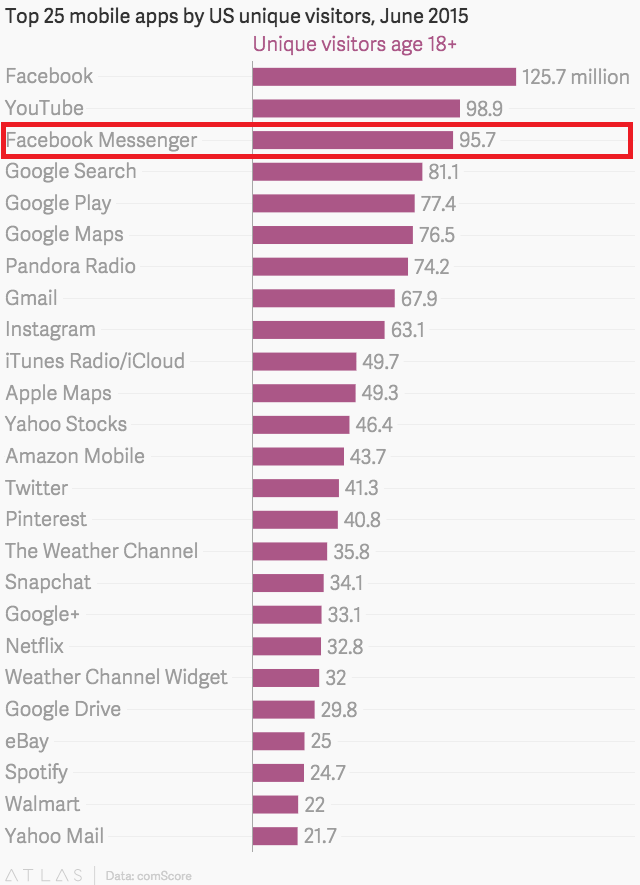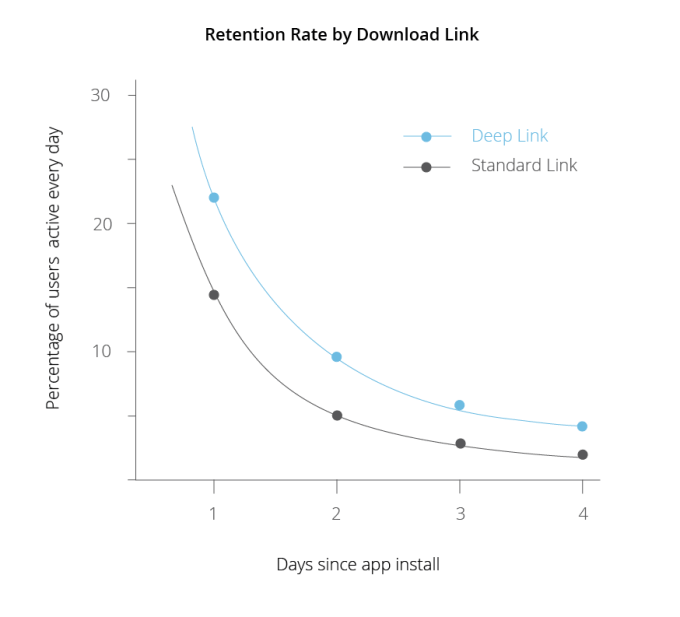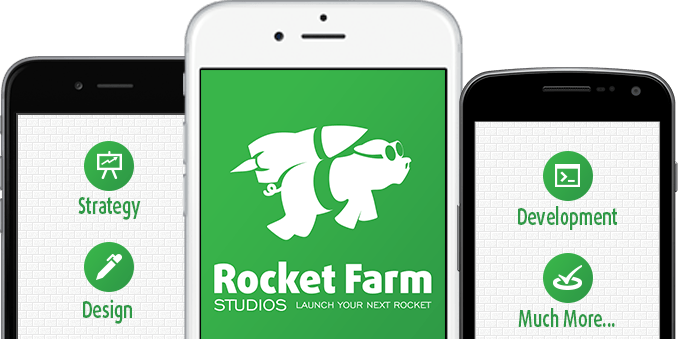We are proud to work with some of the best companies.
They love us and we think you will too.
Month: August 2015
So, if you don’t know where to get started with a blueprint for your app, Rocket Farm Studios can take the pressure off.
Ready to Launch?
So, if you don’t know where to get started with a blueprint for your app, Rocket Farm Studios can take the pressure off.
Partner With Experts
Beat your deadlines. Build the right app the first time.
-

Engage your audience. Your app is your brand’s platform.
-

Leverage connected technologies to revolutionize your business.
-

Maximize your launch. Harvest your data.
So, if you don’t know where to get started with a blueprint for your app, Rocket Farm Studios can take the pressure off.
Turn Your Company Into a Connected Company.
So, if you don’t know where to get started with a blueprint for your app, Rocket Farm Studios can take the pressure off.
Build it. Launch it. Grow it.
So, if you don’t know where to get started with a blueprint for your app, Rocket Farm Studios can take the pressure off.
Ready to get started?
-
Give us a call.
We’re here to help. -
Send us an email.
We love new ideas.
So, if you don’t know where to get started with a blueprint for your app, Rocket Farm Studios can take the pressure off.
Got a new business venture?
Let us help you. From developing business models, strategy and budget, to advising on technology trends to design and development, we’ve helped scores of new ventures venture out. Join us for a discussion that will let you focus on building your business while we build your app.
So, if you don’t know where to get started with a blueprint for your app, Rocket Farm Studios can take the pressure off.
4 Eye Opening Statistics in Mobile Apps
There’s been a slew of great statistics released recently in the mobile app realm that made us do a double take. We wanted to highlight a few interesting articles that made us think, or rethink, how mobile apps have evolved over the recent years.
1. The Top 25 Apps Haven’t Changed Much
We think of Mobile as being a young industry and each year we’d see big changes in the status quo due to new technologies, new ideas, and new players. But the recent report by comScore revealed that the top 25 apps in the US barely changed year over year.

In fact, 21 of these apps were in the top 25 last year. This tells us that as the industry matures, it’s going to get a lot tougher for game-changing apps to enter the fray, especially smaller companies since mega-corporations like Facebook and Google dominate the charts.
Other insights: 1) The biggest climber was Facebook’s Messenger, revealing once again how important communication is to stickiness in today’s mobile atmosphere. This app was reviled by Facebook users when it debuted (for splitting off from the main app to a stand alone), but it was clearly the right decision. 2) A terrible, broken, poorly designed app like Yahoo Mail can still be in the top 25 simply due to legacy users. Mind blowing, but shows that if you can lock people into an ecosystem off mobile, they’ll follow (however reluctantly) on their smartphones as well.
2. Higher Earning People Use Facebook More than LinkedIn
You’d think it’s pretty clear that Facebook is for a younger generation than LinkedIn, and anyone who is serious about climbing the corporate ladder is on the latter. But the recent numbers from Pew show a different story that surprised us.
 78% of internet users who earn more than $75k are on Facebook while only 41% are on LinkedIn. Is that surprising to anyone else? Sure, this is a result of Facebook just having more users, but you would have thought the discrepancy was much closer. Considering this also takes into account mobile app usage, it shows that advertising on Facebook will probably reach more high earners than advertising on LinkedIn. This has some serious implications of where to allocate your mobile advertising dollars in the coming year.
78% of internet users who earn more than $75k are on Facebook while only 41% are on LinkedIn. Is that surprising to anyone else? Sure, this is a result of Facebook just having more users, but you would have thought the discrepancy was much closer. Considering this also takes into account mobile app usage, it shows that advertising on Facebook will probably reach more high earners than advertising on LinkedIn. This has some serious implications of where to allocate your mobile advertising dollars in the coming year.
3. India is a Huge Mobile Opportunity
We all know that mobile is big business outside of the US, but the latest numbers out of India were impressive to say the least. According to the recent Apps India conference, the average mobile app usage there has grown 131%, outpacing the rest of the world. The Washington Times also got a great quote that highlights why India is so gung-ho about mobile:
“Almost nothing else matters to us (Indians). This (the mobile app) is the most significant way for Indians to access e-commerce. Most of our users will never see a laptop. Last year, this has been the most fundamental shift in the industry from one platform to another,” said Punit Soni, chief product officer at Flipkart, which currently gets 75% of its traffic through its mobile apps.
It’s clear eCommerce companies can’t ignore the mobile element if they want to reach Indian (and other international) shoppers, but these growth numbers tell us that these companies better work on international apps sooner than later. Before long, the market will get too crowded and the bonus of being first on the scene is going to be lost.
4. Deep Linking Doubles Retention Rates
This is a crazy stat coming from a recent TechCrunch article.
 Is your mind blown? It should be. Deep linking, basically linking to specific content within an app and not just the home screen of the app, is usually treated as an afterthought. Little did we realize just how much of a positive user experience it can be when done right. To double retention rates is huge, and it means all mobile app developers should heavily factor in deep linking into the design of the app, specifically “contextual deep-linking” which can use user data to show relevant information when the app is opened for the very first time, which immediately gives a great user experience from the get-go.
Is your mind blown? It should be. Deep linking, basically linking to specific content within an app and not just the home screen of the app, is usually treated as an afterthought. Little did we realize just how much of a positive user experience it can be when done right. To double retention rates is huge, and it means all mobile app developers should heavily factor in deep linking into the design of the app, specifically “contextual deep-linking” which can use user data to show relevant information when the app is opened for the very first time, which immediately gives a great user experience from the get-go.
What do you think of these recent stats in the world of mobile apps? Sound off in the comments below!

So, if you don’t know where to get started with a blueprint for your app, Rocket Farm Studios can take the pressure off.
Get This E-Book
This is some text about this new e-book we just wrote on Lorem Ipsum Schizzle.
So, if you don’t know where to get started with a blueprint for your app, Rocket Farm Studios can take the pressure off.
A Beginner’s Guide to App Store Optimization
This is a guest blog post from Co-Founder and CEO of Gummicube, Dave Bell.
You’ve developed an amazing mobile app with Rocket Farm and now you need users. You could plan to promote to your email lists and on social channels. You could have a landing page and links to your app and landing page on your website.
You should do all these things, but your investment in mobile requires users.
Acquiring new users for your mobile app starts with optimizing the app store listing for visibility and conversion. The on-going optimization of an app listing is app store optimization or ASO.
Here are 4 ASO tips to optimize your mobile app listing for the greatest visibility.
Build a Keyword Matrix
80% of app store search is 2+ word phrases for features. The balance of app store search is generally for brands.
For example, “emoji messenger app” is a multi-word, feature-based search phrase while “Facebook messenger” is a branded search.
App store search is people looking for apps with specific feature sets; A solution to a specific need or problem.
Start to build a list of 2-3 word phrases focusing on your app’s most defining, unique, essential or differentiating features.
The goal is to create a matrix of keywords that covers as many relevant search terms as possible. You want to blanket relevant search terms, where your app is highly or even the most relevant result.
The App Name
The app name may be the most important part of your app listing.
Apple and Google both use the app name for indexing your app. The name should include what you think is most important about your app.
But the app name is not just used by some app store algorithm for figuring out what your app is about.
The app name, along with your icon, provides the first impressions to the market place.
Potential users searching through the app stores should be able to determine instantly what your app is and does.
If users can’t tell what your app does, they are likely to move on to an app that more clearly solves their problem.
Apple provides 255 characters for your app’s title while Google Play only 30 characters.
Use this space provided to clearly describe to the user what the app does.
The recommended approach for Apple listings is:
“App Name – keyword rich tagline”,
or
“App Name – Feature #1, Feature #2”
Avoid the temptation of stuffing features and keywords into your title. Not only do keyword stuffed titles look bad, but Apple can also reject a title they feel is abusing the 255 character space.
Google recommends “brand name + key function”.
Ask a Focus Group
The better the visibility an app has in the app stores, the more opportunity there is in optimizing the app for conversion.
The icon and screenshots play a large role in converting app store views into installs and users.
The very best way to optimize these creative elements before an app goes live is by asking your target audience.
Test creative elements in a focus group. With enough responses from users in your target audience, you can get the best prediction of which elements are likely to see the greatest conversion rates in the app stores.
Alternatives include polling an email list, or running different ads to different landing pages.
Use App Store Search Data
Having an app store intelligence tool to help build a matrix of relevant keywords can be valuable.
But the data matters too. How you build the target list and from which data (Web vs. Mobile) you use determines if you are creating a keyword matrix for the wrong targeted search terms.
Creating a strong keyword matrix, and adding the most important and differentiating features to your app name requires knowing how your target audience is searching the app stores.
How people search the Web is different than how they search the app stores.
How are they referring to specific features? What words are they using to define and describe the solutions they seek?
Using mobile app store data, marketers can position their app in a language that tells potential users “We have an immediate solution to your problem, or information for your query” with the words they’re using.
For new mobile user acquisition, you start with a great app and you maximize the visibility of your app and optimize for conversions.
The promise of app store optimization is increased app visibility in the app stores, and higher conversion rates from a targeted audience.
Know how to promote your app for success by implementing these tips for an optimized app store listing.
For more information on optimization, from best practices, how to guides and to even demo app store marketing software, visit Gummicube.com.
Dave Bell is the Co-Founder and Chief Executive Officer of Gummicube. In this role, Dave is responsible for overseeing the business strategy for the company, driving growth and market development. Dave is a pioneer of the mobile entertainment industry with more than 15 years of experience publishing, marketing and distributing mobile applications and games across carrier, direct to consumer and app store channels.
So, if you don’t know where to get started with a blueprint for your app, Rocket Farm Studios can take the pressure off.







